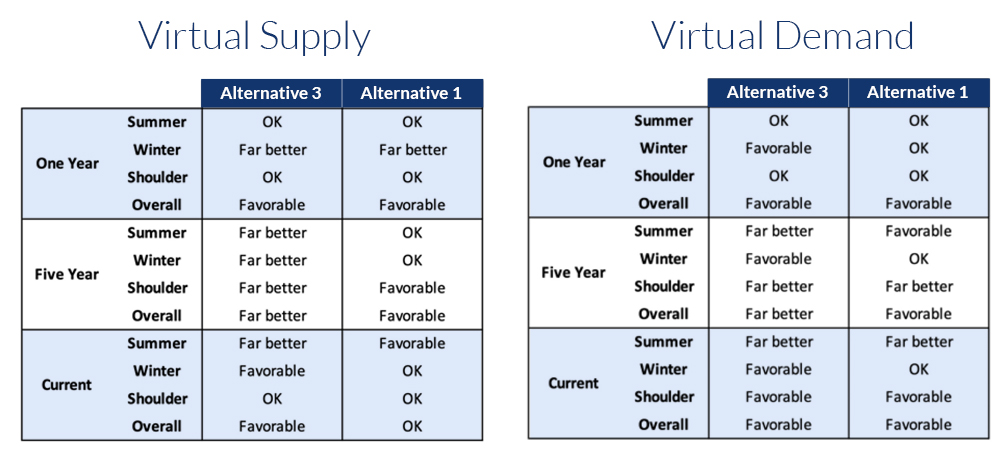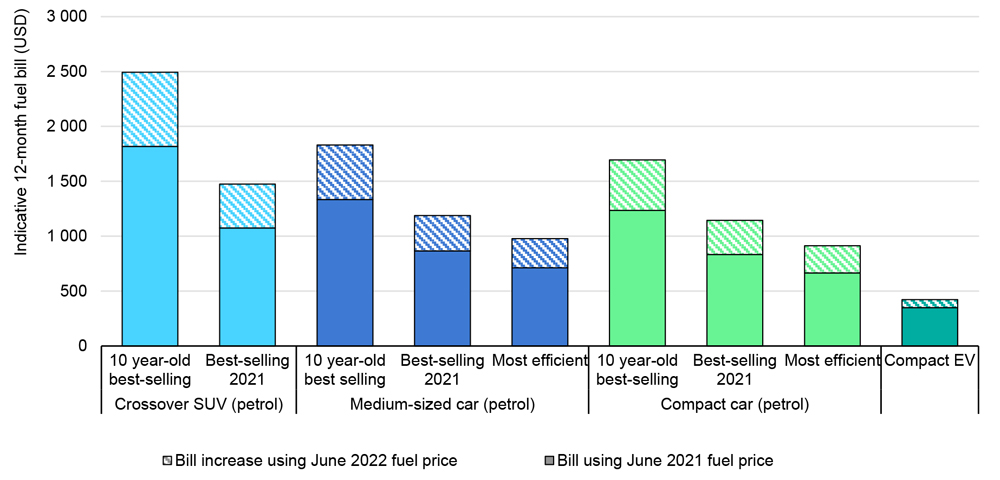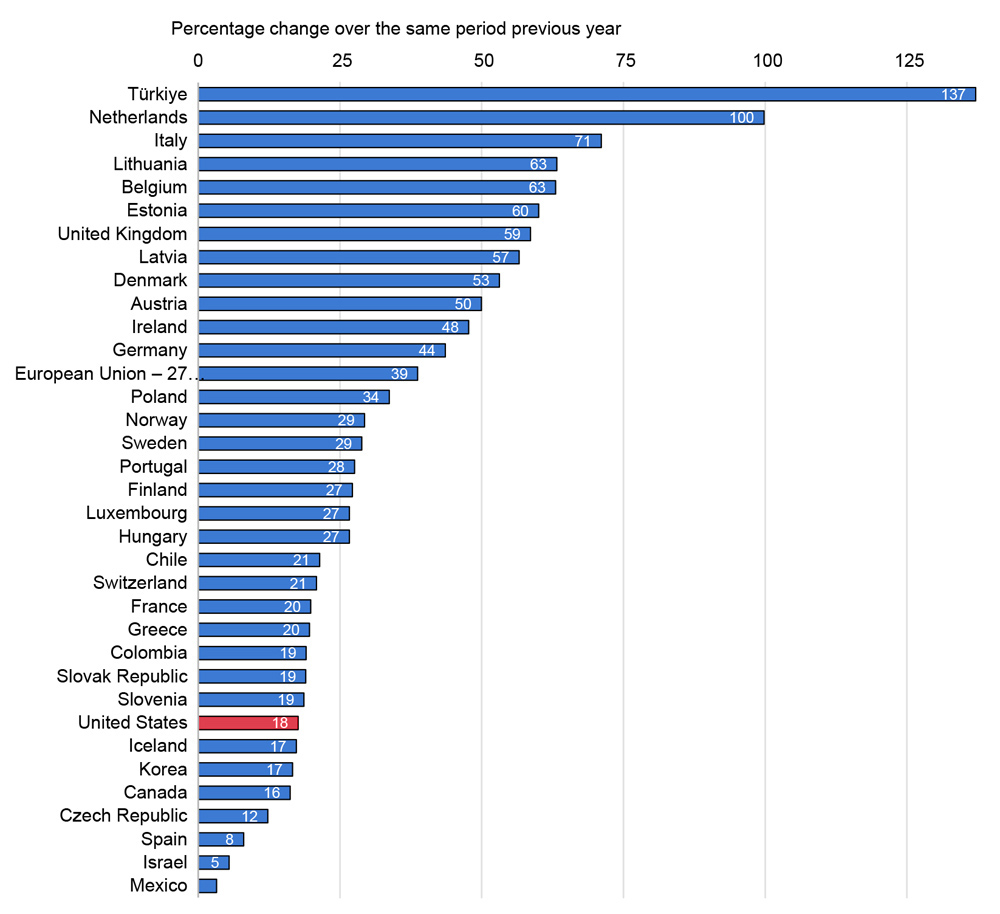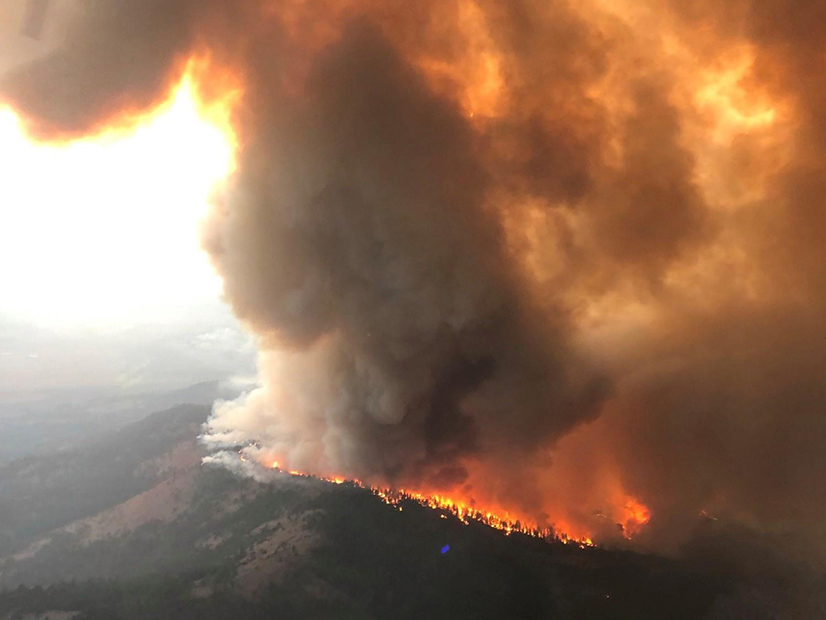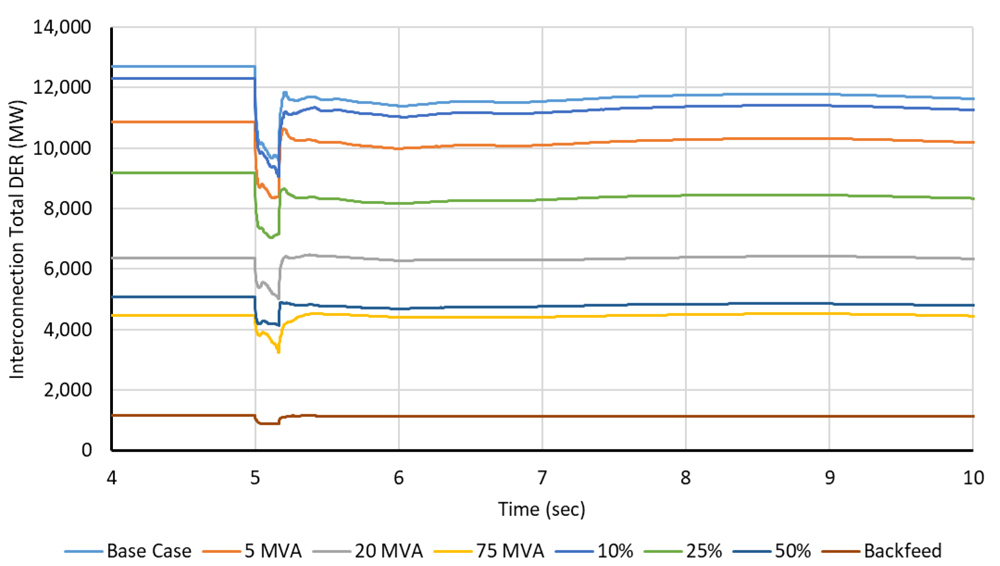FERC must better explain its 2019 decision to give MISO transmission owners unilateral authority to finance upgrades needed to interconnect new generation, the D.C. Circuit Court of Appeals ruled last week.
The proceeding was “the latest episode in a long-running dispute over how to fund upgrades to power lines,” Judge Justin R. Walker wrote in the decision issued Friday (20-1453).
The details in the case extend back to 2015, when Otter Tail Power filed a complaint with FERC challenging MISO’s policy of providing “direct” transmission owners with unilateral authority to decide whether to initially fund a needed upgrade — and later collect the costs from the interconnecting generator — or allow the generator to pay the costs up front. Otter Tail contended that while direct TOs exercised that privilege, operators of affected systems further downstream (“indirect” TOs) enjoyed no such option, resulting in differential treatment.
In a decision issued June 2015 (ER14-2464), FERC agreed with Otter Tail, but rather than extending the right of unilateral initial funding to TOs indirectly affected by an interconnection, it instituted a proceeding under Federal Power Act Section 206 directing MISO to either remove the unilateral option or explain why it shouldn’t. (See FERC: MISO Gen Agreement Allows Overcharging.)
The D.C. Circuit vacated FERC’s decision in 2018 in Ameren Services Co. v. FERC, saying the commission hadn’t considered complaints from Ameren and five other TOs that claimed the policy forced them to accept “risk-bearing additions to their network with zero return” and essentially act as “nonprofit managers” of network “appendages.”
The decision in Ameren “also held that FERC should have considered that its decision could force transmission owners to incur the financial risks of generator-funded upgrades without the opportunity for a profit,” the court noted in Friday’s ruling. “We declined to decide whether those enterprise-risk concerns required a particular result until FERC ‘developed a record by considering’ them.”
The case was then remanded to FERC, which in 2019 reinstated TO funding rights and extended them to indirect owners, a decision the commission affirmed the following year after a protest by the American Wind Energy Association (later renamed the American Clean Power Association (ACP)) (EL15-68, et al.). (See FERC Upholds MISO Self-fund Order, Glick Dissents.)
The commission had also made its decision retroactive, forcing the renegotiation of several generator interconnection agreements between 2015 and 2018. (See FERC OKs MISO Agreements Following TO Funding Ruling.)
‘Plausible Reasons’ for Concern
In the case decided by the D.C. Circuit on Friday, the ACP petitioned the court to review FERC’s orders, arguing that the commission had: failed to follow the Ameren decision’s command to “develop a record” of enterprise risks for TOs; acted in an arbitrary and capricious manner by giving TOs unilateral funding authority; and erred in making its 2019 decision retroactive.
The court dismissed the third argument, saying that its jurisdiction only extends to arguments that a party raised in a rehearing application to FERC, “unless there is reasonable ground for failure to do so,” points that ACP failed to argue.
Addressing ACP’s first argument, the court found that FERC did comply with the Ameren remand order.
There, we told FERC to ‘[develop] a record by considering’ the transmission owners’ enterprise-risk argument,” the court wrote. “That instruction suggested no particular briefing. Nor did it demand any additional evidence for a record that was already voluminous. Rather, it required nothing more than FERC ‘considering’ the enterprise-risk argument and putting that consideration on the ‘record’ for our review.
“On remand, FERC did just that: It considered the enterprise-risk argument and rendered a decision on its merits in the record for us to review.”
But the court did agree with ACP’s second argument, ruling that FERC’s decision to grant unilateral funding authority to all TOs failed to satisfy the “arbitrary and capricious” standard in the Administrative Procedures Act.
“Although FERC’s decision may ultimately prove to be ‘reasonable,’ it was not ‘reasonably explained,’” the court said.
The court noted that ACP did not “seriously dispute” FERC’s determination that, under the FPA, direct and indirect TOs should receive similar treatment with respect to upgraded funding. Instead, it argued that the commission violated the APA “by not adequately explaining its decision to solve that problem by giving unilateral funding authority to all transmission owners, rather than by denying unilateral funding authority to all transmission owners.”
The court said it agreed with ACP that FERC failed to reasonably explain its decision: “In particular, it gave short shrift to the petitioner’s concern that transmission owners might discriminate in favor of generators they own.”
In proceedings before FERC, the court noted, ACP provided “plausible reasons” for that concern, having pointed out that many TOs in MISO also own generators, providing a competitive motive to discriminate against other generators. And while FERC acknowledged that concern, it also concluded that concerns about potential discrimination did not outweigh the TOs’ enterprise-risk concerns.
FERC had argued that ACP did not “show why the ability of [generators] to challenge costs before the commission, a point on which the court relied, is inadequate to address any concerns with potential undue discrimination.”
But the court pointed to “something important missing from FERC’s orders: an assessment of the risk of discrimination and an explanation of why individualized proceedings provide generators with sufficient protection against that risk.”
In oral arguments, the court noted, counsel for intervenors supporting FERC “gave a relatively detailed assessment and explanation” of why the current regulatory regime should alleviate the risk of TOs giving preferential treatment to their own generation.
But FERC’s orders had failed to do that, it said.
“FERC had the chance to explain itself at two different steps in its proceedings,” the court said Friday. “It could have done so when it found that the unilateral funding option was not unjust or discriminatory, or later when it remedied the disparity between direct and indirect transmission owners in the Otter Tail proceeding. …
“We therefore remand for FERC to adequately explain its decision,” the court concluded. “But we do so without vacating FERC’s orders ‘because there seems to be a significant possibility that [FERC] may find an adequate explanation for its actions, and, in any event, it appears that the consequences of its current ruling can be unraveled if it fails to.’”
